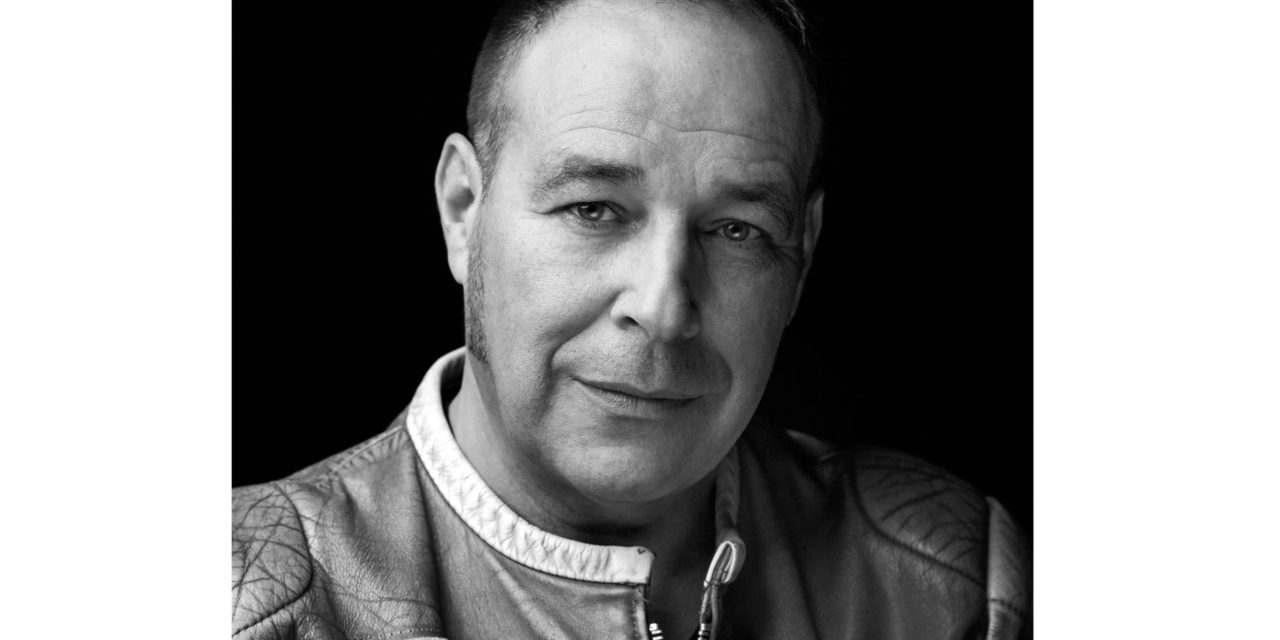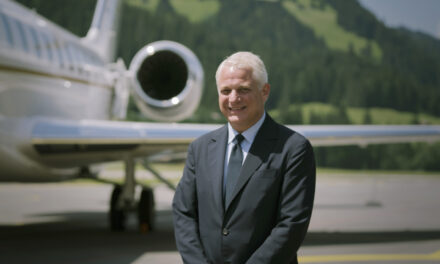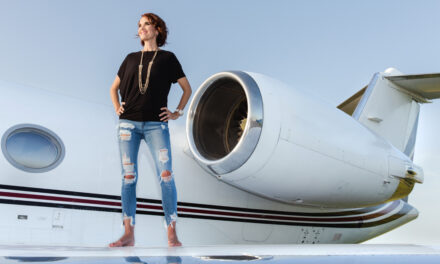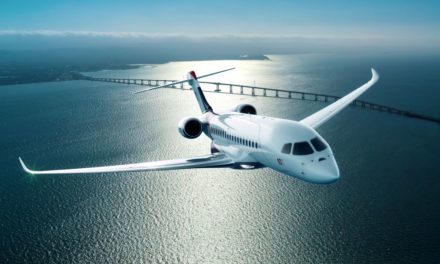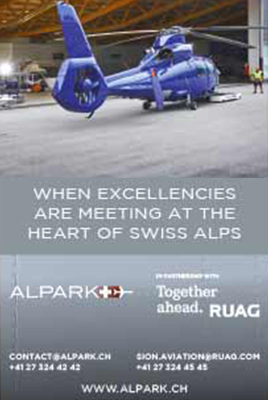Remember, for decades, we have been surrounded by white goods: coffee machines, washing machines, stoves, doors, tables, bathtubs, bidets and other basins. Once could think that manufacturers felt unable to envision the world in color, everything had to be immaculate and untouched by any customization. Although times have changed, some corporations remain cautious when it comes to flights of fancy and are content with color compromises. Curiously, aviation is one of the most striking examples. Certainly, innovation has focused on key areas such as safety, performance and comfort, but the first thing we perceive when we approach an aircraft is first and foremost its external appearance, which says a lot about the owner’s temperament. It’s the same when we meet someone: T-shirt, watch, shoes, dress, cleavage, gloves or jewelry, all these clues tell us how we want to be perceived and what we focus on.
« Bet on tailor-made »
In the specific field of exterior decoration in business aviation, two visions oppose: discretion or anti-conformism. If you are adept at discretion, a white shell and a barely contrasting registration will perfectly mask your intentions, and will make the manufacturers, for whom the task is greatly simplified, very happy.
If you want more originality and elegance, manufacturers will propose dressing your fuselage with a line like this or, with a little bit of luck, two curves like that.
On the other hand, if you are unconventional, you will most likely be left wanting.
Indeed, if you want more options, you will delay procedures and manufacturers will not meet your expectations. The same can be said in the automobile or architecture sectors, you will need something tailor-made!
Remarkable paradoxes
However, this has not always been the case. As early as 1793, the Montgolfier Brothers adorned their Aerostat with “Fleur-de-lys, the twelve zodiac signs in gold on a painted azure background, in the middle of the figures of Louis XVI, the two Ls intertwined, repeated four times and interspersed with bright suns and the bottom trimmed with masks, garlands and winged eagles.”
It was at this time obvious to magnify the State, the King, by the illustrations, but there is not much left from this school of thought. Apart from Air Force One, presidential planes have become discreet and neutral. Only formations such as the Patrouille de France show this desire to differentiate oneself and nail the Color of Power to the mast.
As for business jet owners, some of them are taking the plunge. This happy approach is similar in many ways to the desire to get a tattoo since it is a question of indelibly marking one’s own territory of expression, of using one’s own symbolism, of unequivocally sharing an aspect of one’s personality: in short, of being noticed.
Even if the manufacturers do not have as much freedom as the owners, it is necessary to recognize that they have become sensitive to this phenomenon, although stuck between two paradoxes: to please the greatest number of customers whereas each customer is unique, to differentiate themselves from the competition while being inspired by it. This is the reason why the most remarkable liveries are usually initiated by the providential desire of some owners, free from all the stultifying constraints related to marketing.
In the name of wonder, could we not hope that the personalization of outdoor private aircraft is encouraged by the manufacturers themselves? In this world unified by conformity, being daring and going against the grain, I am convinced, can only excite and retain customers.
Happy Design Studio
12 Rue de l’Observatoire 67000 Strasbourg – France
+33 3 90 00 67 10
wolffdidier@happydesign.net
www.happydesign.net

